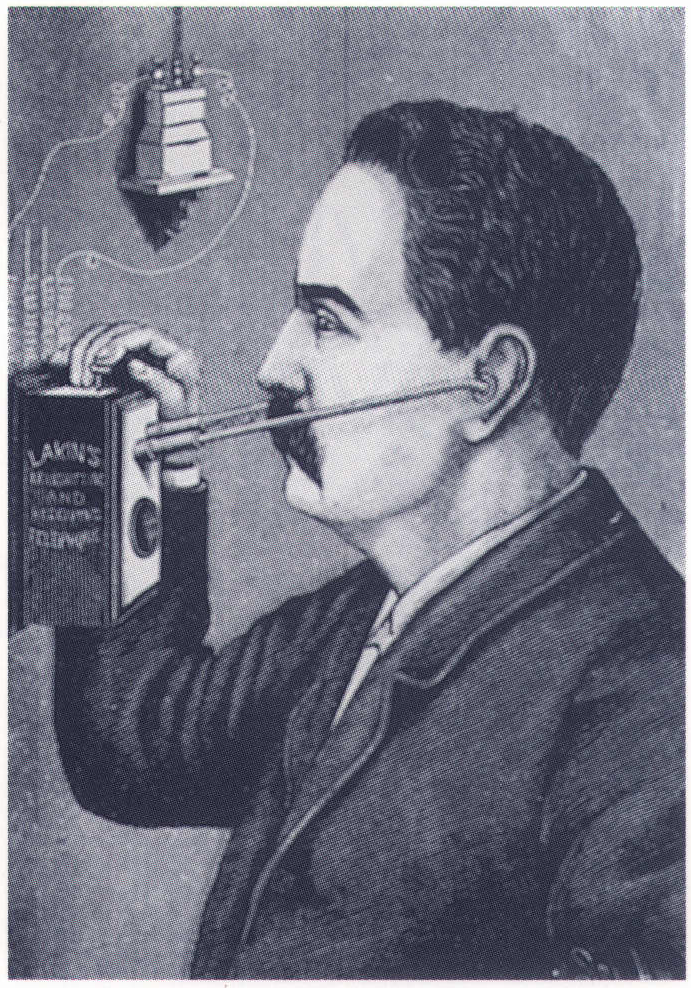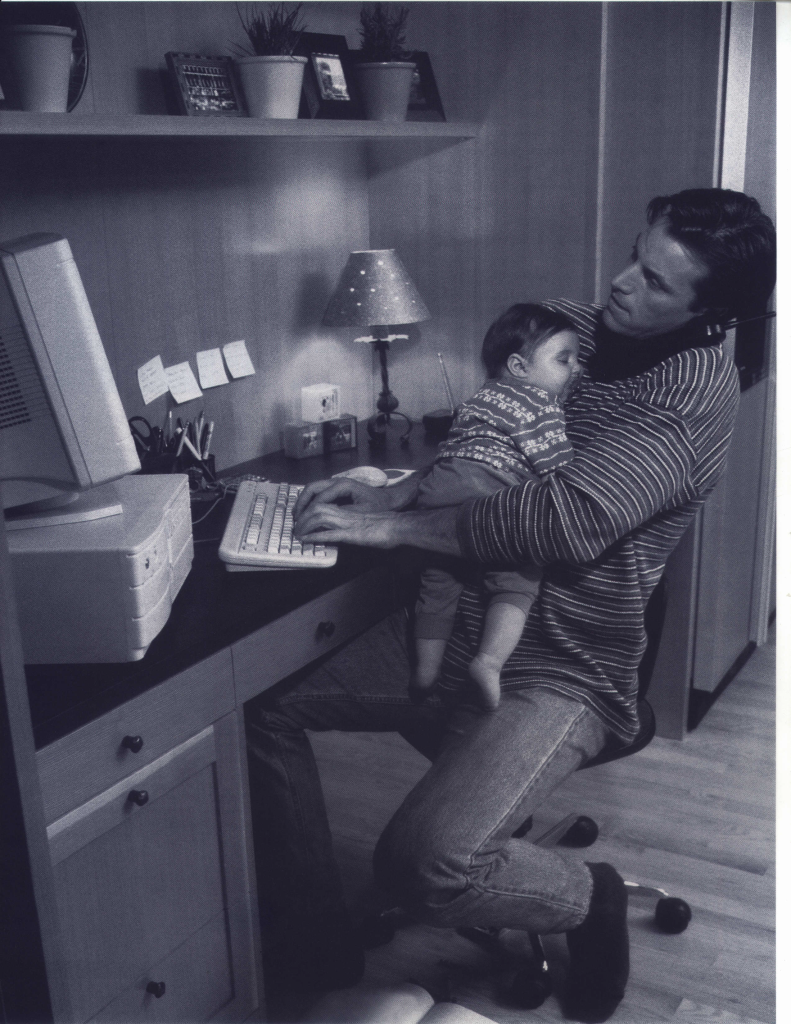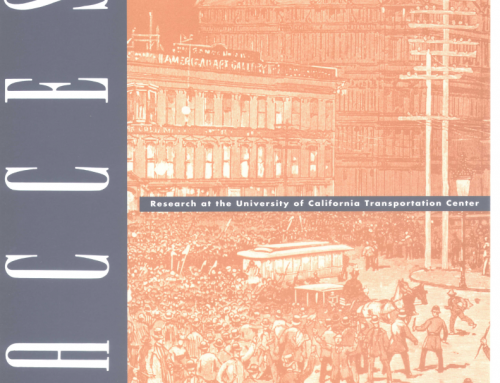[sharelines]Telecommuting isn’t an option for everyone.
Telecommuting promises to benefit everyone. Employees can avoid time-consuming trips to work, permitting a more flexible, family- and community-oriented lifestyle. Employers can reduce their costs of expensive office space, while drawing on a larger and more diverse labor pool. Air quality may improve with reduced automobile trips.
But chances are you aren’t telecommuting. There are far fewer telecommuters than enthusiasts have predicted. In California, only 1 to 1.5 percent of the workforce telecommutes on any given day. One consultant estimated there will be 25 million telecommuters in the US by the year 2000. But since there are currently only about 8 to 9 million, that’s unlikely.
In California, only 1 to 1.5 percent of the workforce telecommutes on any given day.
Why is there such a gap between predicted and actual telecommuting? It may be the result of the forecasting method. Predictions are often based on simple answers to simple survey questions, such as: “Would you like to telecommute?” People impulsively respond positively, assuming they’ll prefer working at home. Most end up not telecommuting, suggesting that few conclusions can be drawn from such surveys.
To understand the potential for telecommuting, we studied how individuals decide whether to do it. We did not address related questions, including employers’ permission to telecommute, government policies on telecommuting, and so on. Our research focused on the ramifications of technology for individual and societal behavior.
MOTIVATION TO TELECOMMUTE
The option to telecommute is not enough to entice employees into doing it. It’s necessary that persons be motivated to change their work behavior, so employees who are content with their situation have little incentive to change.
A long commute is the most commonly cited inducement. The economic rationale is simple: save costs and time by avoiding car or transit trips. Other motivations include the desire to spend more time with family, to get more work done, or to help reduce air pollution.
Some people will always prefer the office environment. Jobs involving manipulation of physical objects require physical presence. It seems that telecommuting is an option for a segment of the workforce, but certainly not all workers nor the majority at the same time.
Before people choose telecommuting, however, they typically consider other options. For example, people who dislike long commutes may choose to travel at off-peak hours, to relocate closer to the work place, or to change jobs. People who want more family time may adjust by working part-time. Telecommuting is just one option when one is dissatisfied with some aspect of life.
Of course, every option is not available to all people. Just as accepting part-time work may reduce household income too much to be feasible, telecommuting may not work for everyone. Thus telecommuting choice is dependent not only on motivations for change, but also on constraints.
Constraints on Telecommuting
To study people’s decisions to telecommute, we asked 628 employees of the City of San Diego about their familiarity with telecommuting, their current commuting patterns, their perceptions of the advantages and disadvantages of telecommuting, and constraints on their ability to telecommute. While our sample is by no means representative of the larger population, we learned a lot about telecommuting motivations and constraints, and thus why there are so few telecommuters out there.
The desire to telecommute seems to be triggered by at least the following: by family needs (such as caring for someone with a disability); by work- or commute-related stress; by expected personal benefits, such as more free time; and by lessened commute time. For most respondents, however, telecommuting is a “preferred but impossible alternative” – although people say they’d prefer to telecommute, they don’t do it because they can’t.
Some constraints are decisive, preventing telecommuting absolutely: (1) if a person is ignorant of the telecommute option or thinks that telecommuting is an option only for computer programmers or for women; (2) if the job is fundamentally unsuitable, e.g., an assembly-line  operation; or (3) if management does not approve, reflecting the stereotype among some managers that it’s too difficult to supervise employees working at home.
operation; or (3) if management does not approve, reflecting the stereotype among some managers that it’s too difficult to supervise employees working at home.
Most of our survey respondents were affected by more than one such constraint. Only 32 percent of the sample indicated that none of these constraints inhibited them and thus that they might be able to telecommute. So at least 68 percent of the sample could not telecommute, although the majority of them stated a preference to do so, making telecommuting the preferred but impossible alternative.
Even without decisive constraints, people may choose not to telecommute because of deterrent constraints: insufficient space at home, potential distraction by household members, high equipment costs (e.g., computer, modem, fax machine) , lack of self-discipline, desire to use commute time to unwind between home and work roles. Two-thirds of potential telecommuters in our sample could not or did not do it because of some deterrent constraint.
These limitations keep telecommuting from increasing to its predicted frequency. Some constraints will likely dissipate as telecommuting becomes more common and acceptable and as technology becomes more available. However, other factors appear more permanent. Some people will always prefer the office environment. Jobs involving manipulation of physical objects require physical presence. It seems that telecommuting is an option for a segment of the workforce, but certainly not for all workers nor for the majority at the same time.
Conclusion
People often react to technology-based options differently from the way those options are perceived by their promoters and advertised in the popular media. There are no simple one-to-one connections between technologies and human behavior. The links are inherently complicated by institutional arrangements, personal habits, and of course by individuals’ preferences.
Our findings suggest that telecommuting still promises to improve the welfare of some employees and some employers, while benefiting the environment. But, if it is to attract enough commuters to reduce congestion appreciably, much change has to occur first, both at home and at the workplace. Despite the triumphs of the telecommunication revolution, there’s no telecommuting revolution in sight.
Further Readings
Handy, Susan and Patricia Mokhtarian, “Planning for Telecommuting: Measurement and Policy Issues,” Journal of the American Planning Association , Vol. 61, No. 1, 1995, pp. 99-111.
Mokhtarian, Patricia and Ilan Salomon, “Modelling the Choice of Telecommuting: Setting the Context,” Environment and Planning A, Vol. 26, 1994, pp. 749-766.
Mokhtarian, Patricia and Ilan Salomon, “Modeling the Choice of Telecommuting 2: A Case of the Preferred Impossible Alternative,” Environment and Planning A, Vol. 28, 1996, pp. 1859-1876.
Mokhtarian, Patricia and Ilan Salomon, “Modeling the Desire to Telecommute: The Importance of Attitudinal Factors in Behavioral Models,” Transportation Research A, Vol. 31, No. 1, 1997, pp. 35-50.
Mokhtarian, Patricia and Ilan Salomon, “Modeling the Choice of Telecommuting 3 : Identifying the Choice Set and Estimating Binary Choice Models for Technology-Based Alternatives,” Environment and Planning A, Vol. 28, 1996, pp. 1877-1894.
Mokhtarian, Patricia, Susan Handy, and Ilan Salomon, “Methodological Issues in the Estimation of Travel, Energy and Air Quality Impacts of Telecommuting,” Transportation Research A, Vol. 29A, 1995, pp. 283-302.
US Department of Transportation, Transportation Implications of Telecommuting, Washington, DC, 1993.






